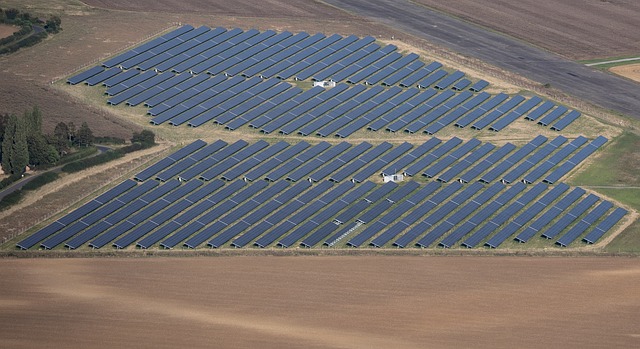Sprinting Towards Glory: An Insight Into the Athletic World of 100m Dash
In the realm of athletics, few events match the sheer excitement and adrenaline rush of the 100m dash. Its roots trace back to the ancient Olympic Games in Greece, where a similar event, the "stadion," was a centerpiece. However, the modern 100m sprint as we know it took shape only in the late 19th century. It was included in the inaugural modern Olympics in 1896, establishing itself as a marquee event. The evolution of the 100m sprint over the years is a fascinating study of human endurance, speed, and the quest for perfection.

Times are Changing: The Modern 100m Sprint
The 100m sprint has seen a tremendous transformation over the years. It began with rudimentary tracks and basic training methods, but has evolved into a high-tech affair, with synthetic tracks, state-of-the-art training facilities, and sophisticated techniques. The current trends in the 100m sprint emphasize explosive strength training, high-intensity interval workouts, and a balanced diet. Modern training methods focus not just on raw speed, but also on aspects like reaction time, running technique, and mental fortitude.
Achieving the Impossible: The Sub-10 Second Barrier
The sub-10 second barrier in the 100m sprint has always been a coveted goal. It remained unbroken until 1968 when American sprinter Jim Hines ran a 9.95 seconds race at the Mexico City Olympics. This feat was a testament to the human body’s potential and the effectiveness of strategic training. Achieving the sub-10 second mark requires not only exceptional physical prowess but also razor-sharp focus, precision, and an indomitable will.
The Pros and Cons: Challenges in the 100m Sprint
While the 100m sprint might seem straightforward, it is fraught with challenges. The main challenge lies in maintaining top speed without succumbing to fatigue. The margin for error is minimal, and even a slight misstep can cost the race. On the brighter side, the 100m sprint is a great platform for athletes to showcase their speed and power. It also encourages discipline, determination, and a competitive spirit.
Setting New Benchmarks: The Future of 100m Sprint
The future of the 100m sprint looks promising, with athletes pushing boundaries and setting new benchmarks. The world record stands at 9.58 seconds, set by Usain Bolt in 2009. But as training methods improve and our understanding of human physiology expands, this record might be broken sooner than we think. The 100m sprint will continue to enthral sports enthusiasts around the world, capturing our collective imagination.
In conclusion, the 100m sprint is not just a race; it’s a testament to human potential, the power of discipline, and the relentless pursuit of excellence. It’s an event that encapsulates the spirit of athletics and will continue to inspire generations of athletes to come.




